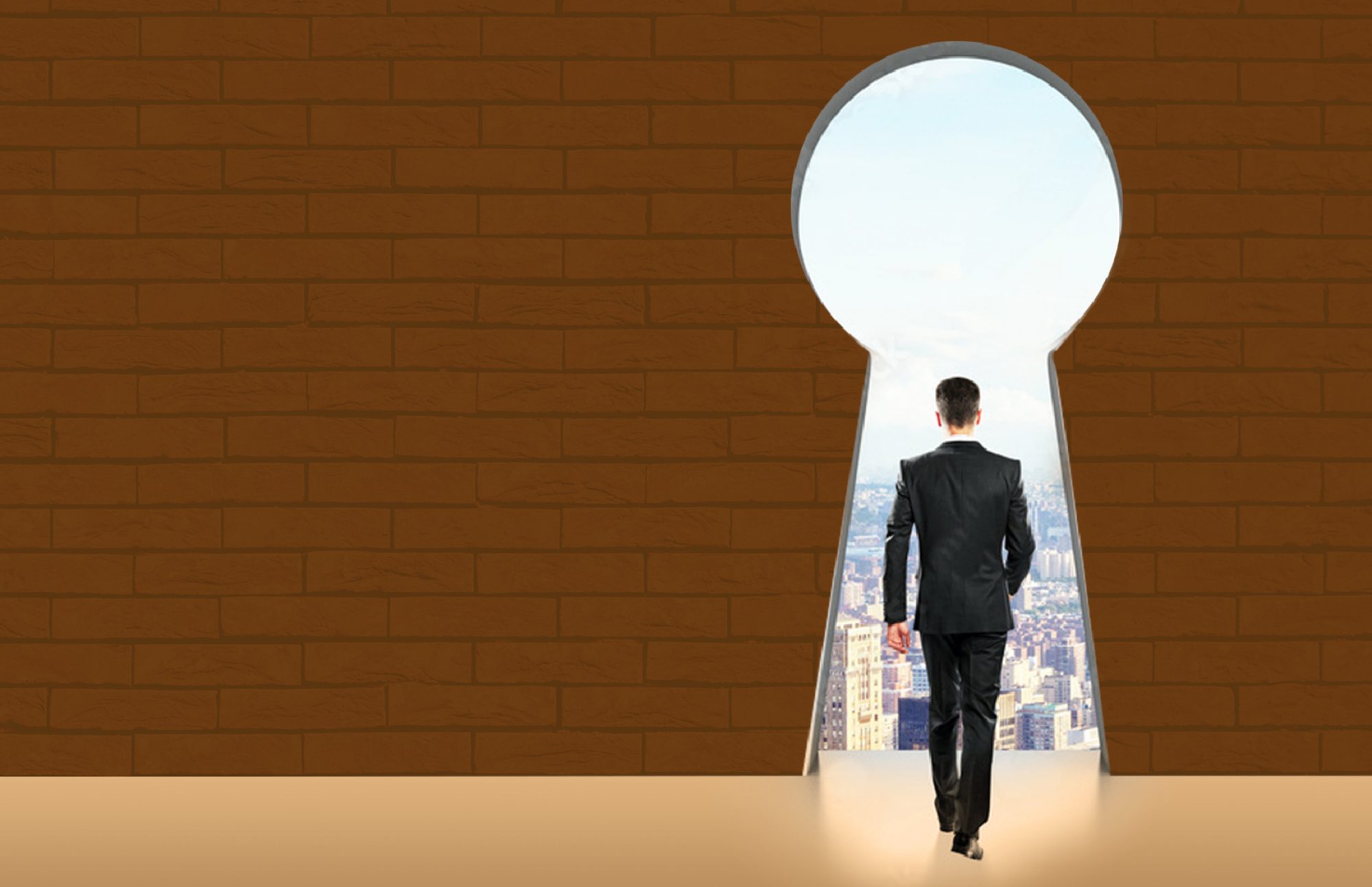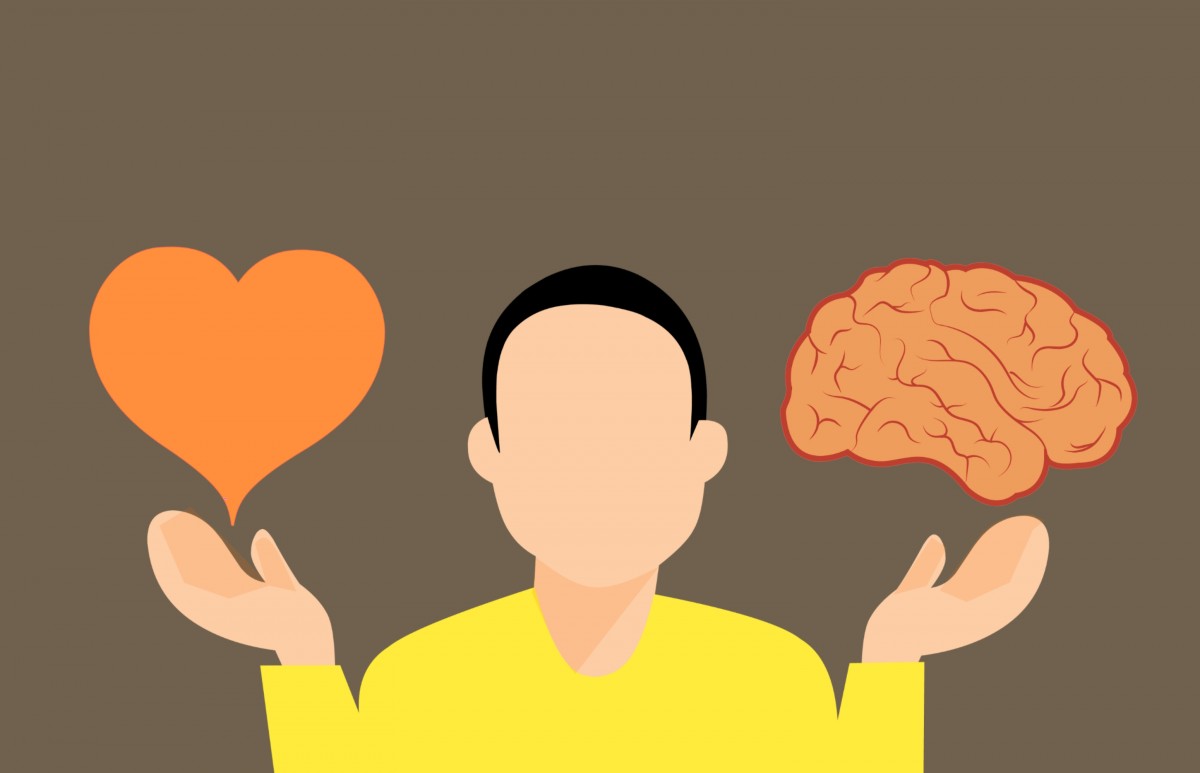The connection between the brain and the body is a complex one. Usually, we try to control the body through the brain. Here we will discuss controlling the brain using the body. Less intuitive, almost magical, yet working inference… More reading here, here, here, here, here, here, here, and here.
It’s all in your head
Every time I failed in sports, my peers and mentors looked at me compassionately and repeated this mantra. “It’s all in your head”. I almost started to believe it. After all, we see the willpower of the paralympic athletes or the elderly athletes and think… “Why they can do that and I cannot?”.
I wanted to be well fit, muscular, fast, and strong. Yet I am not. If anything, I am built like a tank: robust, heavy, and slow. Since no matter what I tried, I could not persist with sports, I started to ask myself if the common beliefs are true.
A simple experiment
The simple experiment in brain control is smiling. Start forced smiling until you feel that your mood changes. Then smile authentically. It is a weird experiment and it works in more than 90% of the cases.
What’s going on? The brain and body are in equilibrium. We change one and introduce a dissonance. So naturally, the other must change.
The hormonal influence of the body on the brain is pretty much self-evident, so I want to focus on other less intuitive elements.
Control your mood via the posture
We understand that the way we stand influences the way we feel. This is a basic “fake it till you make it” routine. It is not entirely clear why the mechanism works. I quote:
One study has postulated that “power poses” lead to increased testosterone and decreased cortisol levels, with these trends being associated with social dominance and decreased threat perception. While other studies have not always been able to replicate the hormonal findings, the increased emotional valence of risk-taking, action orientation, and confidence are consistent trends.
Flexibility and core muscle training have some effects on posture. So basically, as we do yoga, swimming or horseriding we become more confident. Now, correcting posture issues is quite hard, and kyphosis or scoliosis tends to reappear. I used to work as a manual therapist for a short while a decade ago, and I fixed some of the posture problems in my family, but only for several years. I guess the focus here should be on maintenance.
Beauty is misleading
Our body is for doing things. Every generation and every culture has a different, and often a very strange standard of beauty. If we focus on the esthetic elements, we are likely to do some pretty stupid things. When we focus on function, it becomes quite clear that some bodies do certain things better than others.
At the extremes are the petite horse riders vs very tall basketball players. But even in the middle, there are lots of questions. A body built for agility and a body built for endurance will have a very different ratio of muscles. A runner will be relatively lightly built when compared with a wrestler. Are athletic bodies beautiful? Possibly, but each kind of sport is beautiful or not in its own way.
Going after some artificial ideal beauty is a recipe for depression or worse. Instead, it makes sense to leverage the benefits of our own bodies. Do the things that your body is built for and it will be surprisingly responsive.
For example, I can lift weights and I am surprisingly flexible, but if I try to run bad things happen to me.
Health is learned
Some of the health can be learned. For example, walking fast.
The muscles we have in our legs are quite massive. When the legs do not move fast, something happens to the brain. The cells do not multiply fast enough, the metabolism is slower, less oxygen is used. Of cause, this can be balanced by the use of other muscles.
Physical activity may induce traumas. But then something strange happens. The immune system goes into the overdrive, the bones heal, and other things happen. Our ancestors used to take chances and recover. As the body “learns” to heal after traumas, there is a huge impact on the brain. We know that 4% of patients after hip fracture suffer from a stroke. Basically, as the body heals, the brain is pumped with endorphins, oxygen, and other stuff.
I argue without proof that in the 96+% when there is no stroke, the effect on the brain is positive and profound. Surgical doctors tend to be former athletes, and they have tremendous stamina, willpower, and intelligence. They also tend to live long lives. Stressful and fulfilling.
Physical culture for kids
Good athletic skills are usually acquired in early childhood, as a game. Kids at a certain age have a lot of energy and love physical play. This physical play requires a lot of investment. Parents need to take the kids to different playgrounds and sports, explore the natural environment, and not be afraid to apply for medical help in case of bruises and fractured bones.
The return on this investment is huge with one caveat. If you’re looking for an ROI of money and celebrity from your kids’ sports participation, you are making a very bad investment. Only about two percent of high school athletes earn athletic scholarships, and even then the career may be short-lived.
However, if all you want is your kids having fun, they are likely to end up smarter, better coordinated, and with greater EQ. I quote:
- Motivation: The determination to sustain their efforts as they pursue their goals;
- Confidence: The belief that your kids can overcome any challenge;
- Focus: The ability to concentrate intently for extended periods and not be distracted;
- Calm: The capacity to stay cool under pressure;
- Emotions: Mastery over the wide range of feelings they will experience every day;
- Resilience: Being able to bounce back and keep moving forward in the face of struggles and setbacks;
- No fear of failure: Accepting that failure is an inevitable and necessary part of the pursuit of success.
- Courage: To face and overcome their fears;
- Self-reliance: Knowing they have what it takes to can handle most anything that life throws at them.
- Meaning: There are few experiences more satisfying and affirming than having given it their all against the longest of odds regardless of the outcome.
Compare with my childhood
I used to be sick a lot because my parents were overly protective. This was a vicious cycle. They did not allow me to run, no batteries were allowed near me, I spent many hours sitting: playing chess or reading.
When I was a teenager, I had no choice but to face other kids and my body image. Since I did not have any agility related skill or inclination I focused on strength. I got quite strong, and I still am. But I did not enjoy weightlifting as I had no prior association. Instead of body activity equals fun, I was moved by an equation activity equals pain and danger.
Honestly, the brain learns from the body. The neural paths of what is fun, pain or danger are laid our probably when we are three years old. It is possible to force ourselves to think differently, but this is not a simple process.
I have to monitor each step of the way. Hell, even changing the cloths is stressful for me. I got a concussion as a teenager being bullied in a locker room.
Athletes are mutants
The Superlearner course started in a very strange way. JL and I discussed Olympic athletes and their mutations. So JL claimed that my reading and memory are somewhat similar, and I proposed to teach him these qualities.
A full circle back, let us review again the athletes. Leave alone the strange morphologies of very large limbs and relatively tall bodies. Some athletes have abnormally large hearts or a different EPOP gene. There are clear mutations for superpowers . Elite sprinters have ATCN3 gene mutation, also called “sports gene”. But there are different kinds of mutations too. If you are not Asian, you probably have one or two mutations that allow you to drink alcohol. I am personally a supertaster, having extreme sensitivity to taste. This is not rare as about 25% of the population are supertasters.
Having a different taste sounds a bit meaningless, but senses can change the way we think. For example, supertasters are less likely to be addicted to smoking and alcohol or fatty foods but are more likely to use salt.
The smell is a very strange sense
The body reacts to the environment in many ways. If you think the issue is limited to oxygen intake and muscle activation, you are wrong.
Somehow the sense of smell tends to bypass our reasoning and affect very ancient behaviors. We can choose the people we want to be around based on smell. Not clear how it works, as the alpha males have a very distinct unpleasant odor. We can even (possibly) smell cancer and Parkinson…
It is a common courtesy to use deodorants and other smell-altering substances. If there is something strange in the smell we might not even understand what it is. A strange smell can drive us nuts.
I am personally not smell-sensitive and often do not notice smells at all. I remember several years ago, the cleaning lady in the place where I worked used a chemical with a revolting odor. Nobody but I had a strong reaction to that particular smell. I found it impossible to work after each cleaning session. Eventually had to find a new job, as nobody quite understood my situation. I felt very much like George in Seinfeld.

